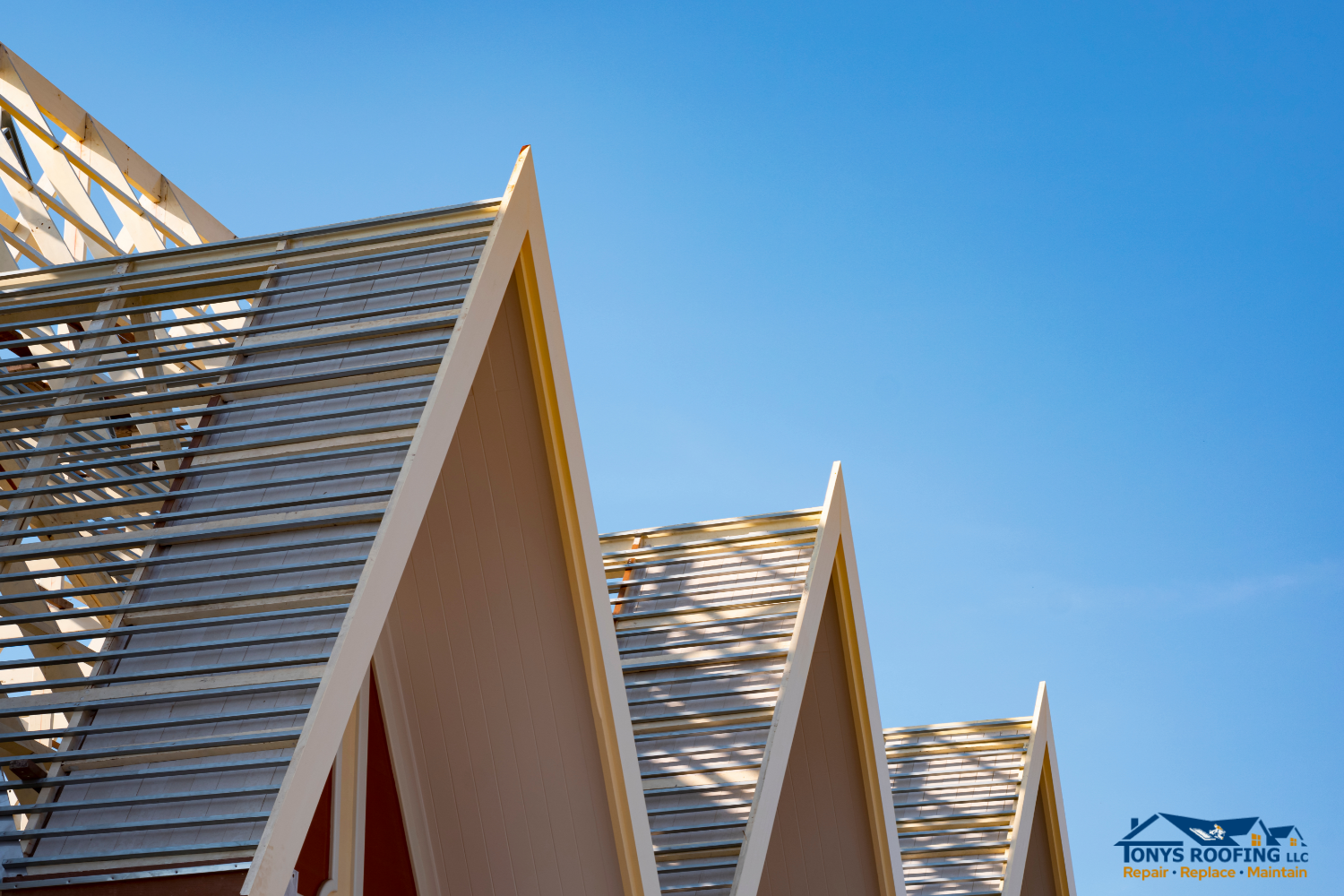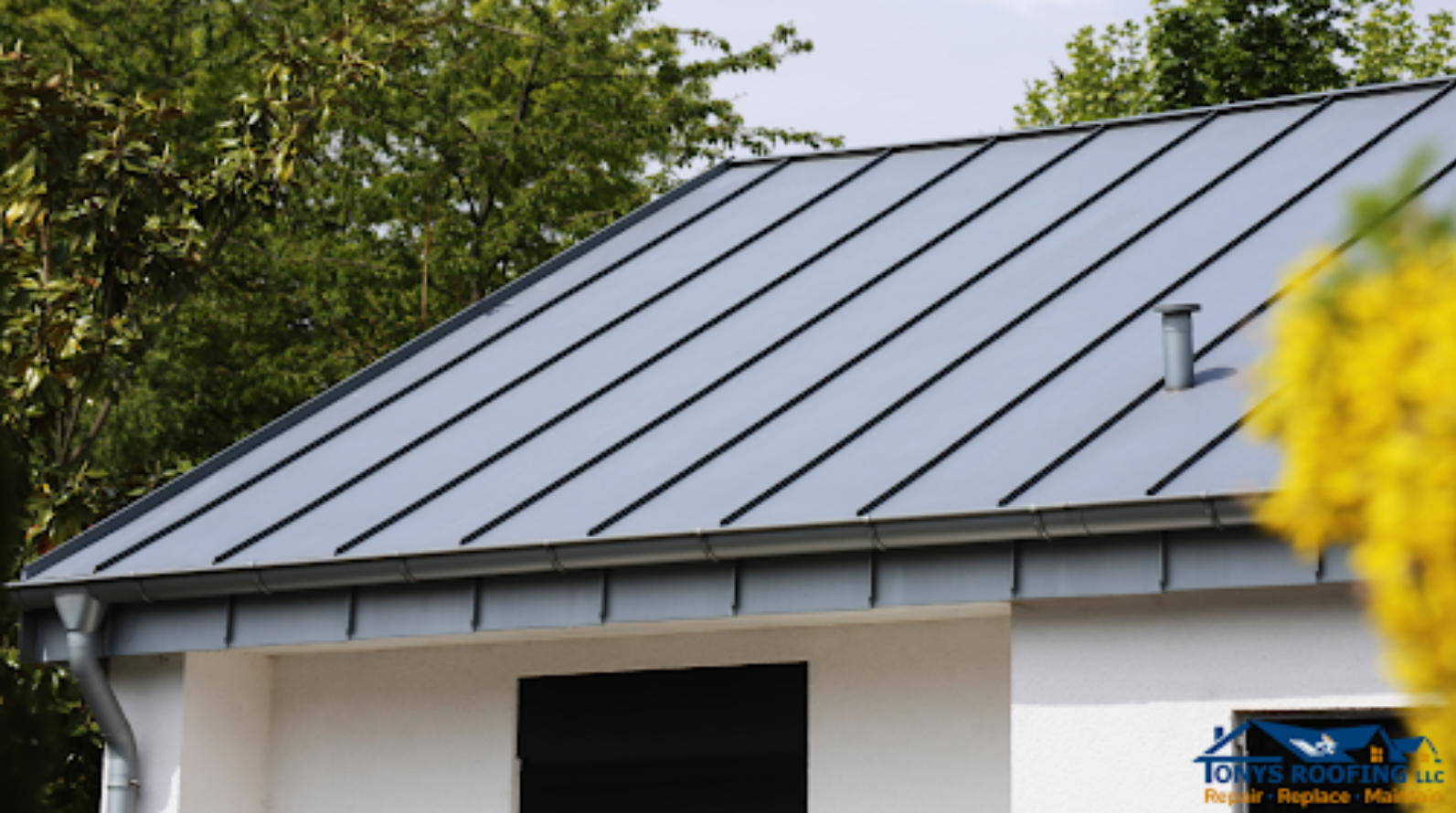When it comes to your commercial property, the roof is often an overlooked but crucial component. A well-maintained and durable commercial roofing system is not only essential for protecting your business from the elements but also for preserving the value of your property. In this comprehensive guide, we will explore the world of commercial roofing, covering everything from different roofing materials to maintenance tips and the importance of professional installation.
Understanding Commercial Roofing Materials
Commercial roofing materials come in various forms, each with its advantages and disadvantages. Here are some of the most common options:
a. Single-Ply Membrane: TPO (Thermoplastic Olefin), PVC (Polyvinyl Chloride), and EPDM (Ethylene Propylene Diene Monomer) are popular single-ply membrane options. They are known for their durability, energy efficiency, and ease of installation.
b. Built-Up Roofing (BUR): BUR roofs consist of multiple layers of bitumen and reinforcement, such as fiberglass or asphalt. These roofs are long-lasting and can withstand heavy foot traffic.
c. Metal Roofing: Metal roofing systems, often made of steel or aluminum, are highly durable and can last for several decades. They are energy-efficient and require minimal maintenance.
d. Modified Bitumen: This roofing material is a hybrid of BUR and a single-ply membrane. It offers excellent flexibility and durability.
The Importance of Professional Installation
No matter which roofing material you choose, professional installation is key to ensuring the longevity and performance of your commercial roof. Here’s why:
a. Quality Assurance: Professional roofers have the expertise and training to install roofing systems correctly, minimizing the risk of leaks and other issues.
b. Warranty Compliance: Many roofing materials come with warranties, but these warranties often require professional installation. Choosing a certified contractor ensures your warranty remains valid.
c. Safety: Roofing can be a dangerous job. Professional contractors are equipped with the necessary safety gear and precautions to protect both themselves and your property.
Roof Maintenance and Repairs
Proactive maintenance is essential to extend the life of your commercial roofing system. Regular inspections and timely repairs can prevent small issues from becoming costly problems. Here are some maintenance tips:
a. Regular Inspections: Schedule annual or semi-annual roof inspections to identify and address any damage or wear.
b. Clean Gutters and Drains: Keeping gutters and drains clear of debris prevents water from pooling on the roof, which can lead to leaks.
c. Address Repairs Promptly: If you notice any signs of damage, such as loose or missing shingles, leaks, or water stains on the ceiling, contact a professional roofing contractor immediately.
Energy Efficiency and Sustainability
Commercial roofing can contribute to energy efficiency and sustainability efforts. Cool roofing materials, such as TPO and PVC, reflect sunlight and reduce heat absorption, resulting in lower energy bills. Additionally, some roofing materials are recyclable, reducing the environmental impact.
Roof Replacement
Eventually, every commercial roof will reach the end of its lifespan. When that time comes, it’s essential to plan for a roof replacement. Working with a professional contractor will help you choose the right material for your needs and budget.

Conclusion
Your commercial roof is a vital investment that protects your business and assets. Choosing the right roofing material, ensuring professional installation, and implementing a proactive maintenance plan will go a long way in safeguarding your property and ensuring its longevity. By understanding the world of commercial roofing, you can make informed decisions to protect your business for years to come.




















